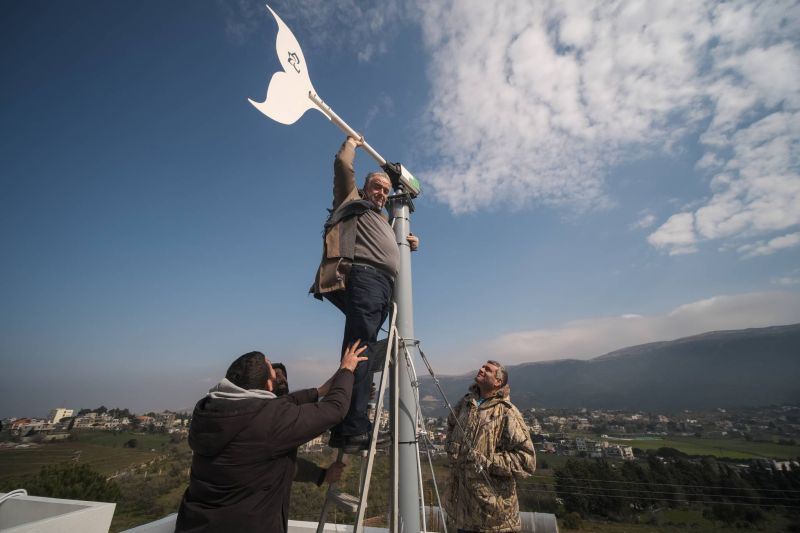
Workers prepare to install the spokes of a wind turbine they’ve repaired for Bassem Khoury (right) in Andaqit, Akkar governorate. The turbine was lightly damaged this month in a winter storm. Feb. 14, 2023. (Credit: João Sousa/L’Orient Today)
ANDAQIT, Akkar governorate — Late one mid-February morning, workers bundled in coats gather on 53-year-old Bassem El Khoury’s roof in the remote mountain village of Andaqit, northern Lebanon.
They’re here to repair a small wind turbine Khoury bought last year, part of which cracked in a huge winter storm that battered the area with hail and snow earlier this month.
The agricultural engineer is among a smattering of other Lebanese, especially here in the windy northern mountains of Akkar, who are beginning to install micro-turbines atop their homes — often alongside the already ubiquitous solar panels blanketing the country’s rooftops.
It’s bitingly cold. Gusts of wind billow one worker’s coat as he stands atop a ladder to attach the repaired turbine to one edge of Khoury’s roof. His colleagues hold his feet in place.
“Yes, yes it’s safe,” shrugs Khoury, watching on in a camo hunting coat.
Once it’s back up and running, the turbine’s 22 amps will help power two households, charge an army of eight batteries and run a machine to milk Khoury’s cow for laban, butter and cheese. He’s already got empty jars and laban buckets standing at attention in the basement, steps from the electrical boxes and inverters that control the setup.
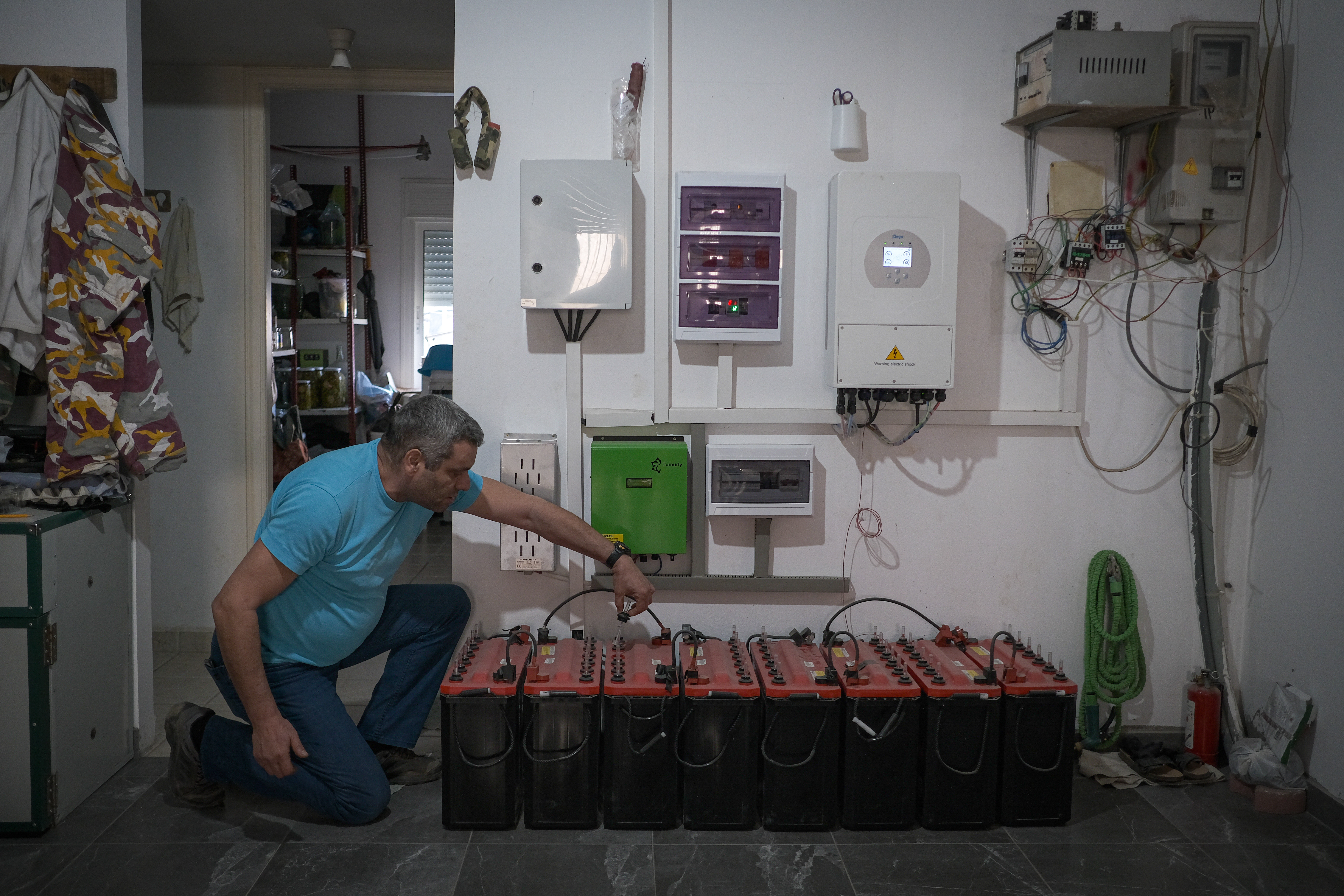 Bassem El Khoury installed a wind turbine on his roof last year, in part to help power a machine that milks his cow. Feb. 14, 2023. (Credit: João Sousa/L’Orient Today)
Bassem El Khoury installed a wind turbine on his roof last year, in part to help power a machine that milks his cow. Feb. 14, 2023. (Credit: João Sousa/L’Orient Today)
Lebanon’s economic free fall since late 2019 has reduced power from state supplier Électricité du Liban (EDL) to little more than a trickle. Some areas of Akkar received less than an hour per day until recently.
This month, EDL upped the daily power it supplies to four hours, but people here say those hours are sporadic and unpredictable.
Could the wind in Akkar prove more reliable than the state? Khoury seems convinced, despite the recent storm damage to his turbine. He says he paid $4,500 for his Turkish-made contraption, including an inverter to convert the power it generates into usable electricity.
“Our region is a region of wind,” he says.
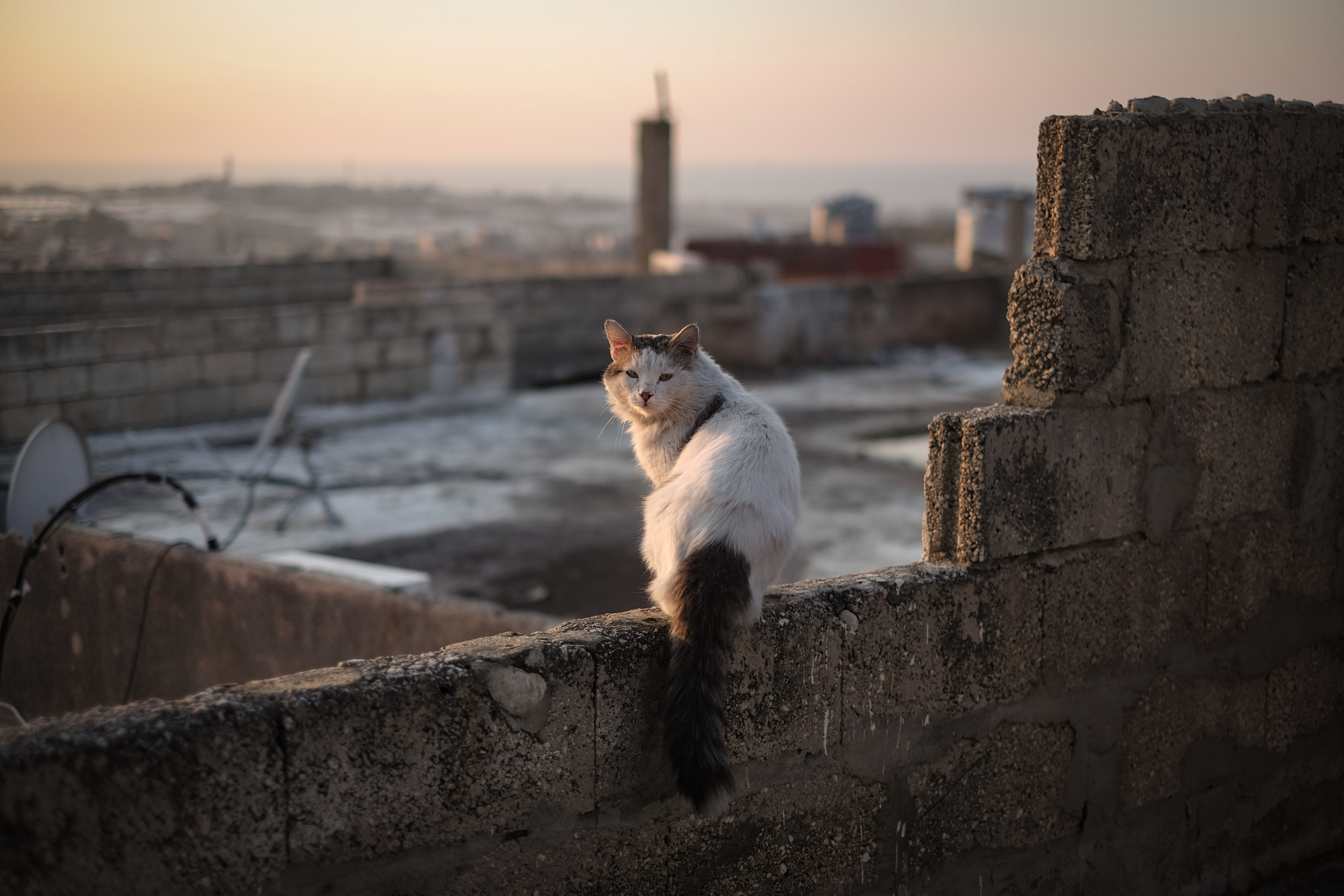 A rooftop in Bebnine, Akkar governorate, where aspiring inventor Muhammad al-Sabsabi built his own wind turbine. Feb. 14, 2023. (Credit: João Sousa/L’Orient Today)
A rooftop in Bebnine, Akkar governorate, where aspiring inventor Muhammad al-Sabsabi built his own wind turbine. Feb. 14, 2023. (Credit: João Sousa/L’Orient Today)
A ‘wind corridor’ in Akkar
Akkar, Lebanon’s northernmost governorate, is also the country’s windiest.
“Akkar is definitely the area in Lebanon that has the most wind,” Rony Karam, president of the Lebanese Foundation for Renewable Energy (LFRE), tells L’Orient Today.
Karam’s group charted wind speeds across Lebanon, drawing on the 2011 National Wind Atlas created by the UNDP and the Lebanese government.
In the atlas, a patch of dark red and crimson surrounds Qobeiyat, the town right next to Andaqit, where the wind speeds are highest and most reliable. Dozens of green dots — each marking a suitable spot for wind turbines — cluster across Akkar governorate in the LFRE’s more recent map.
That’s the “wind corridor,” explains Walid El Baba, co-founder and president of the Lebanese Solar Energy Society (LSES).
“It’s the most interesting area with better returns in terms of economic viability,” says Karam.
In 2018, the Lebanese government signed an agreement with three companies to build three conjoined wind farms in Akkar and sell the electricity to EDL. The project was dubbed Naseem Akkar, meaning “Akkar Breeze.”
Naseem Akkar was slated for construction on Jabal Akroum, a green expanse of mountains along Lebanon’s northern border with Syria that overlooks Khoury’s village of Andaqit.
Carol Ayat, head of energy finance at Bank Audi, organized financing for the project. She says that, by late 2019, funding for the wind farm was approved and construction looked set to begin in earnest.
Since then there’s been a pandemic, a countrywide economic collapse of historic proportions and shortages of everything from baby formula to fuel.
Momentum to break ground on the project, which, according to the government’s Lebanese Center for Energy Conservation had an “expected completion date” of late 2022, came to a halt.
The project’s 16 huge wind turbines still have not been built.
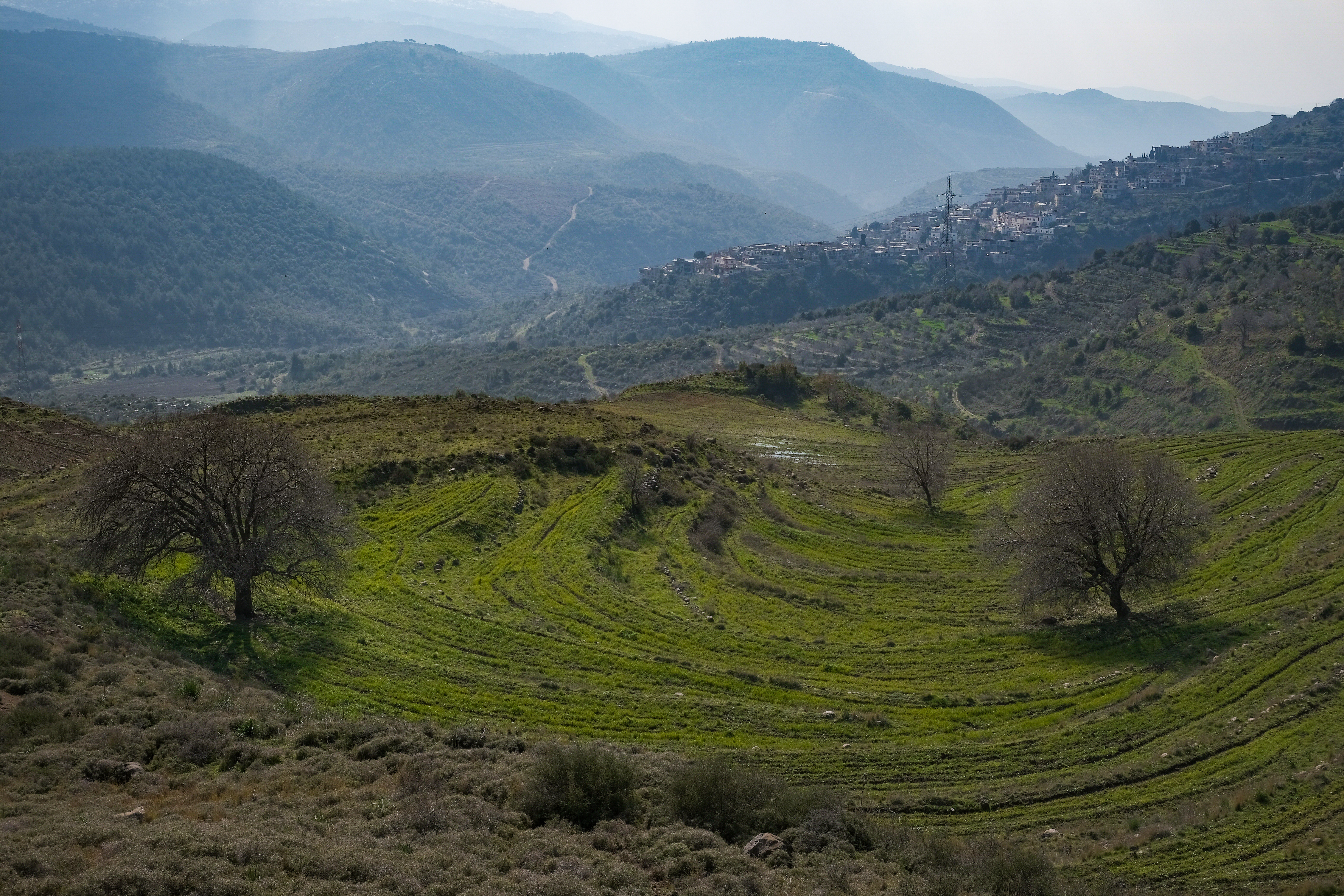 Known as a “wind corridor,” Akkar governorate’s high elevation and mountainous terrain mean wind speeds are reliable enough to produce electricity, energy experts say. Feb. 14, 2023. (Credit: João Sousa/L’Orient Today)
Known as a “wind corridor,” Akkar governorate’s high elevation and mountainous terrain mean wind speeds are reliable enough to produce electricity, energy experts say. Feb. 14, 2023. (Credit: João Sousa/L’Orient Today)
From a technical standpoint, Ayat says she’s optimistic the project can kick off once again if government finances are reorganized.
But that would require massive reforms, she and others tell L’Orient Today, including Lebanon reaping a sought-after IMF bailout that’s been stalled for months as politicians fail to enact the required economic prerequisites.
Once again, the Lebanese government hasn’t met its end of the deal.
A nascent business opportunity?
Some people are trying to capitalize on the gap.
On a traffic-clogged street in Akkar governorate’s Halba, a company called Daw El Atmi (“Light up the darkness”) sells twisting DNA-spiral turbines made of fiberglass sheets. Other contraptions look like playground carousels.
The spiral ones are “vertical” turbines, say store owners Baha Armali and his daughter, Florabelle Armali. They produce less power than the faster, traditional turbines like the one on Khoury’s roof, the two explain, but can run at lower wind speeds. The shop used to import the turbines from China, but now builds their own, cheaper versions at their workshop down the road.
They’ve sold about 60 to 70 wind turbines since early 2022, the majority of them the special “vertical” model. Each one costs about $3,000 including installation, according to Florabelle.
But are the turbines profitable yet?
So far, business is “very good,” says Florabelle, with wind turbines outselling their solar panel systems this winter season.
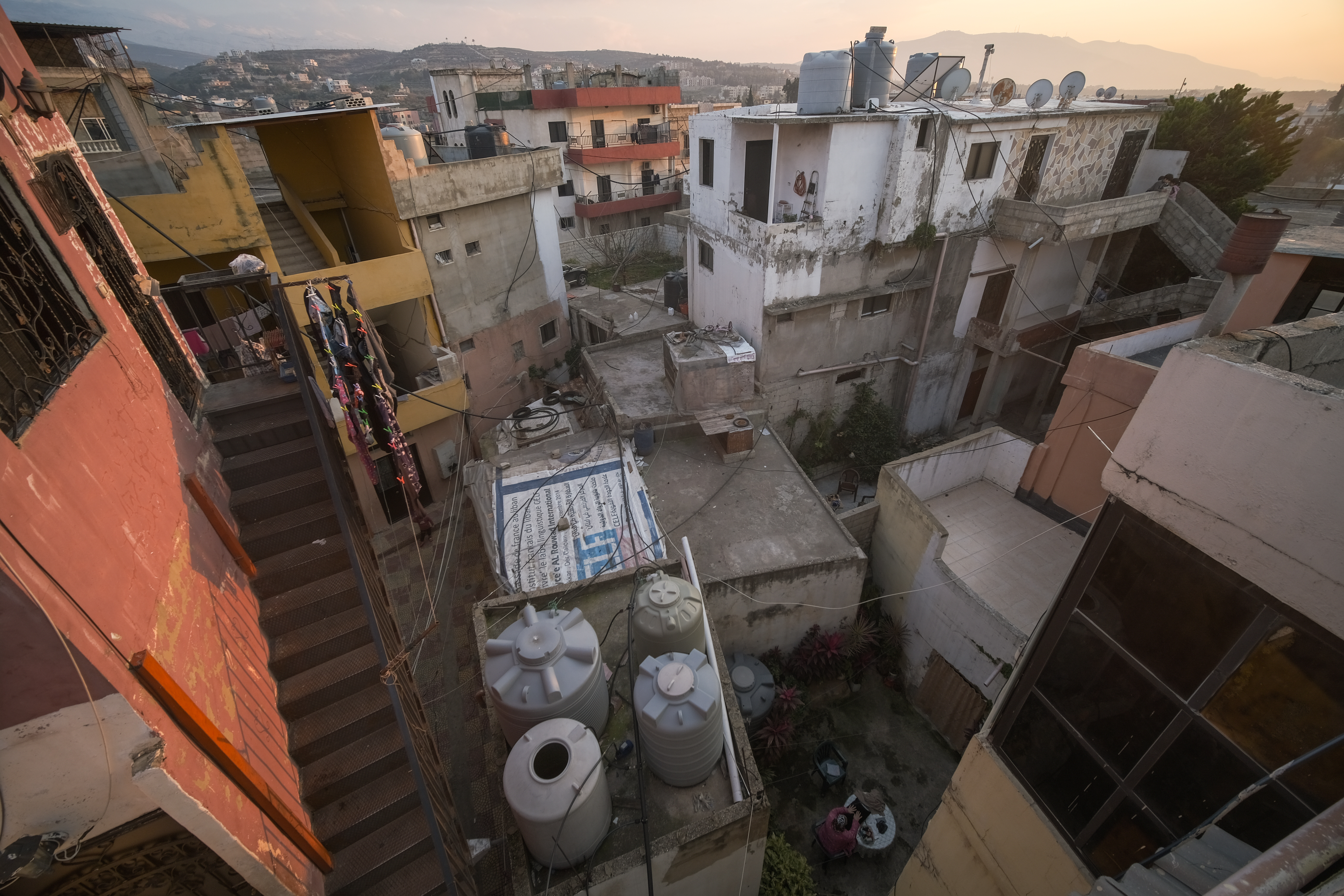 Muhammad al-Sabsabi’s neighborhood in Bebnine, Akkar governorate. Some homes here already have solar panels, but there’s a chance wind turbines could also catch on in the electricity-deprived town. Feb. 14, 2023. (Credit: João Sousa/L’Orient Today)
Muhammad al-Sabsabi’s neighborhood in Bebnine, Akkar governorate. Some homes here already have solar panels, but there’s a chance wind turbines could also catch on in the electricity-deprived town. Feb. 14, 2023. (Credit: João Sousa/L’Orient Today)
It’s not clear exactly how many people in Lebanon have installed micro-wind turbines to date, as there are no official statistics. Imports data from the UN show at least 559 Chinese wind turbines entered Lebanon in 2021, more than 20 times the previous year. Others, like those at Daw El Atmi, are being produced inside Lebanon.
But signs suggest most of those turbines make their way to Akkar, people involved in the business tell L’Orient Today.
“If you’re living in Baabda and you’re requesting a wind turbine, and you call us, we’d spend half an hour convincing you not to install one,” says Wissam Daou. He’s an engineer and founder of Dawtec, a company in Baabda that imports, sells and installs solar panel systems and wind turbines.
Interest in wind turbines was high this past year, he says, with Dawtec getting “around five” calls a day from curious customers. “In 2022, wind turbines would have been the easiest product to sell,” Daou says.
Solar panels are his best seller for now.
‘I’m optimistic’
Why turn to turbines instead of Lebanon’s ubiquitous solar panels? After all, both systems are prohibitively expensive for most people.
“They are the most efficient” and easiest to build inside Lebanon with local materials, says 25-year-old Mohammad al-Sabsabi from his grandmother’s roof in Bebnine, Akkar governorate. His own two-room home is next door, down a narrow alleyway of interwoven concrete houses. Downstairs, a few boys reenact the 2022 World Cup final with a basketball.
Bebnine isn’t quite within Akkar’s wind corridor, but there are still signs turbines could catch on.
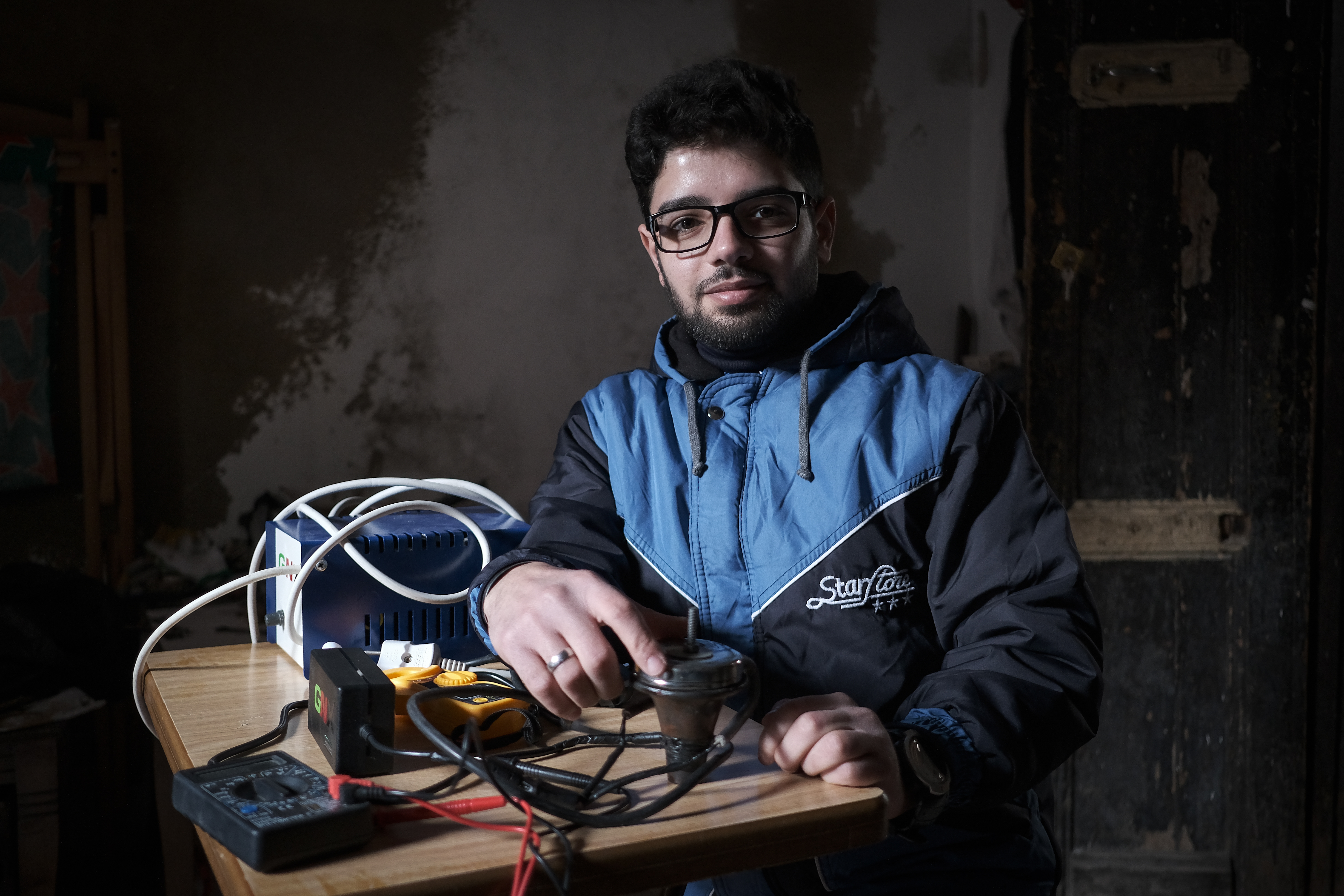 Muhammad al-Sabsabi, 25, used found materials to build his own wind turbine with the help of local welders, YouTube videos and books. Here he tinkers with the prototype for an electric arghileh coal in his home in Bebnine, Akkar governorate. (Credit: João Sousa/L’Orient Today)
Muhammad al-Sabsabi, 25, used found materials to build his own wind turbine with the help of local welders, YouTube videos and books. Here he tinkers with the prototype for an electric arghileh coal in his home in Bebnine, Akkar governorate. (Credit: João Sousa/L’Orient Today)
For one, Sabsabi has a homemade wind turbine the size of a small merry-go-round on his grandmother’s roof. He says he designed and built it himself last year from barrels and iron beams, with the help of local welders.
Sabsabi dropped out of university in 2021 when Lebanon’s economic crisis meant he could no longer afford the fees. In the aftermath, he began to learn about electrical engineering from YouTube videos and books. He bought a Chinese motor from Daw El Atmi and started work on a wind turbine.
“People are convinced that [alternative energy] is the only solution for electricity,” Sabsabi says. “And we don’t have any state-supplied electricity here, except for four hours. Soon it’ll be a total cutoff.”
The result: his handmade turbine, which he says runs at four to six amps and helps power several households. He’s even sold a second turbine to a client in Akkar who heard about the project.
This afternoon, though, there isn’t quite enough wind to get Sabsabi’s turbine moving steadily.
He has a hand-powered wheel to jumpstart the contraption on slow days, which he and his kid brother Ahmad now work together to turn.
Surrounding them on the rooftops are a smattering of dark blue solar panels. It’s a clear sunny day.
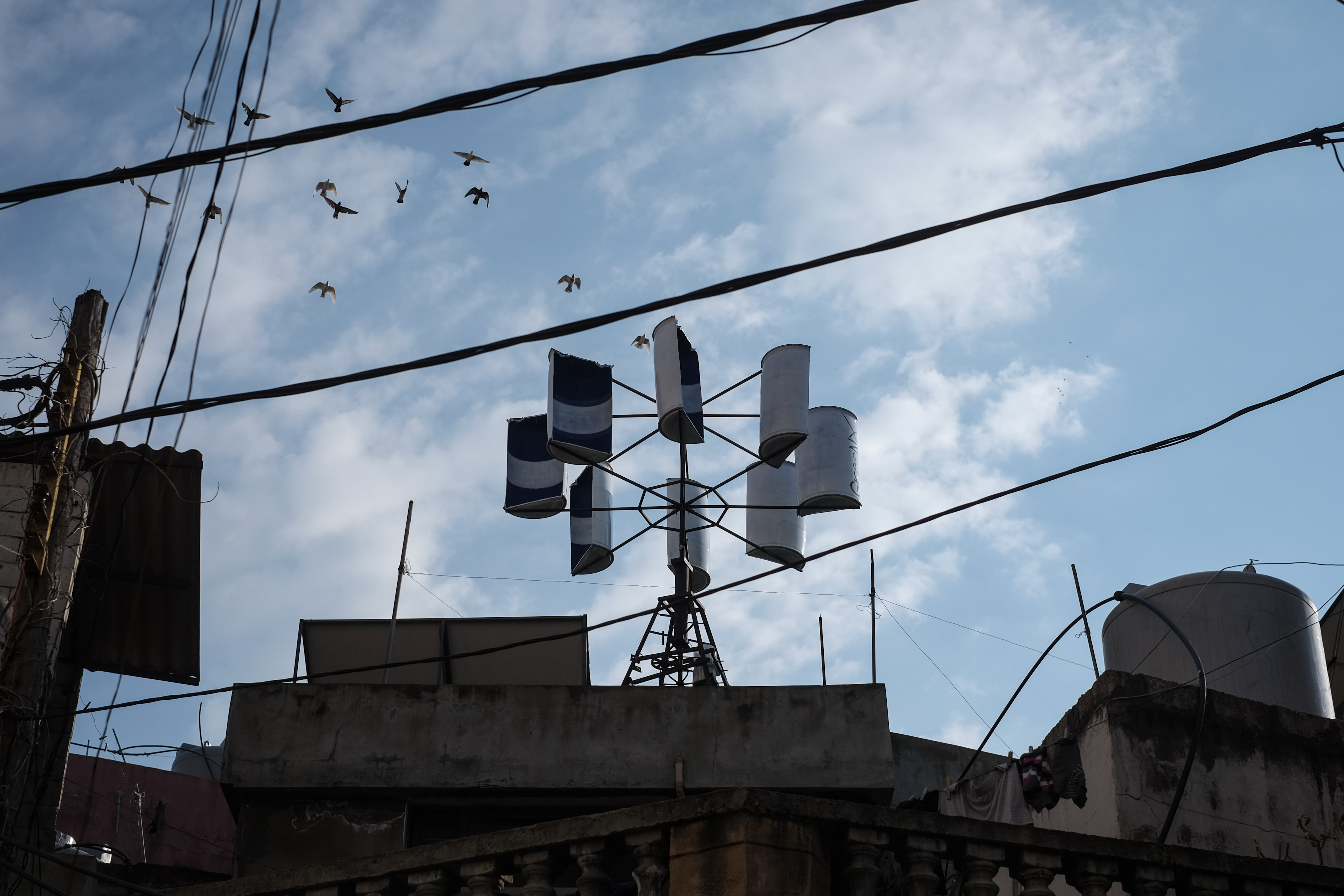 Muhammad al-Sabsabi’s homemade wind turbine of barrels and welded iron beams, on his grandmother’s roof in Bebnine, Akkar governorate. He’s titled his project “GreenNX.” Feb. 14, 2023. (Credit: João Sousa/L’Orient Today)
Muhammad al-Sabsabi’s homemade wind turbine of barrels and welded iron beams, on his grandmother’s roof in Bebnine, Akkar governorate. He’s titled his project “GreenNX.” Feb. 14, 2023. (Credit: João Sousa/L’Orient Today)
Residents in Bebnine with the means are still relying on solar energy; even Sabsabi has a solar panel alongside his turbine. He admits he doesn’t know of any other families in the neighborhood who have installed a wind turbine.
But combined with solar energy and a bit of outside funding for local wind turbine projects, affordable Lebanese-made machines could someday help power Sabsabi’s neighborhood, he hopes.
“I don’t know how long it’ll take, but I’m optimistic. We don’t need to rely on China, and we don’t need to be paying for local generators.”
It’s afternoon and nearly time for the call to prayer from the mosques poking out between the rooftops. From Andaqit, about an hour northeast of here, Bassem Khoury sends a WhatsApp video of his own roof: his repaired turbine is back up and running.
In his video, the machine’s dolphin-tail swings in the breeze as snowy mountains look on from afar.
By 5 p.m., like every afternoon, Khoury will use the power generated from his turbine and solar panels to milk Nuance, his cow — and light up his household. Tomorrow he’ll sell the milk to his neighbors in the form of laban.
Khoury says he feels the several thousand dollars he spent on his turbine is an investment “for the future.”
“It’s for the years to come.”
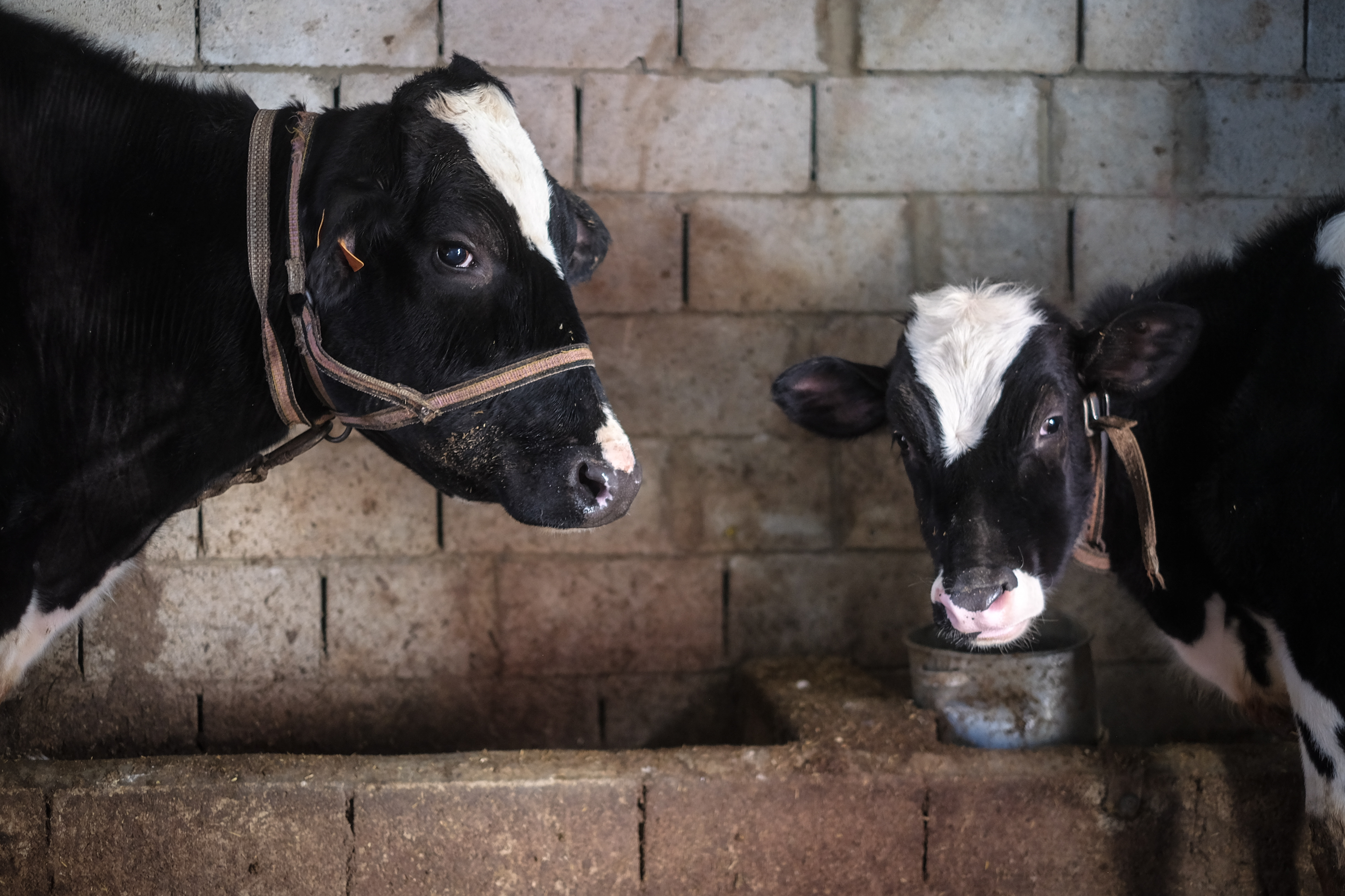 Dairy cow Nuance and her one-year-old daughter, Iris, live in the shed behind Bassem Khoury’s house, in the Akkar governorate village of Andaqit. Khoury installed a wind turbine on his roof last year, in part to help power a machine that milks Nuance. He uses the milk to make laban, butter and cheese that he sells to people in his village. Feb. 14, 2023. (Credit: João Sousa/L’Orient Today)
Dairy cow Nuance and her one-year-old daughter, Iris, live in the shed behind Bassem Khoury’s house, in the Akkar governorate village of Andaqit. Khoury installed a wind turbine on his roof last year, in part to help power a machine that milks Nuance. He uses the milk to make laban, butter and cheese that he sells to people in his village. Feb. 14, 2023. (Credit: João Sousa/L’Orient Today)
- A culinary journey from Beirut to Brussels cooks up tradition, love and teta's recipes
- In Tripoli’s Bab al-Tabbaneh and Jabal Mohsen, ex-rival fighters light up former frontlines with solar energy
- Savvy Element: Finding a niche in the local self-care and home-care market, despite Lebanon’s crisis